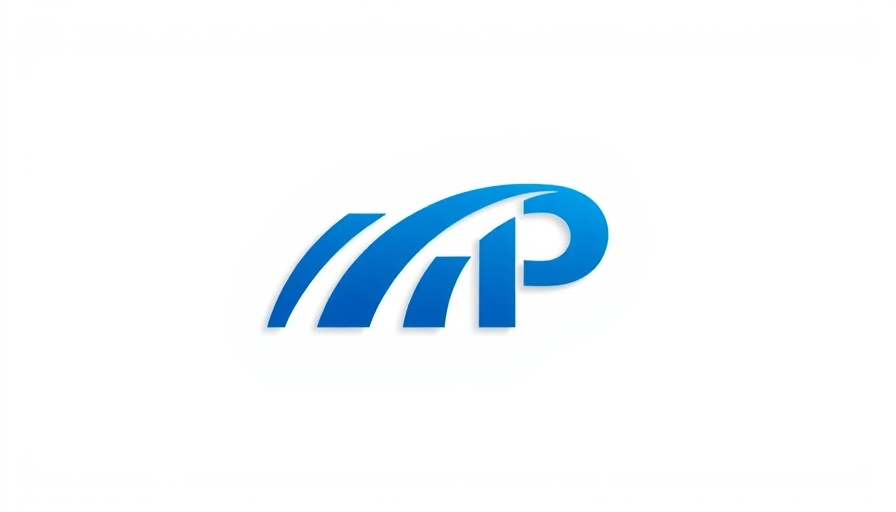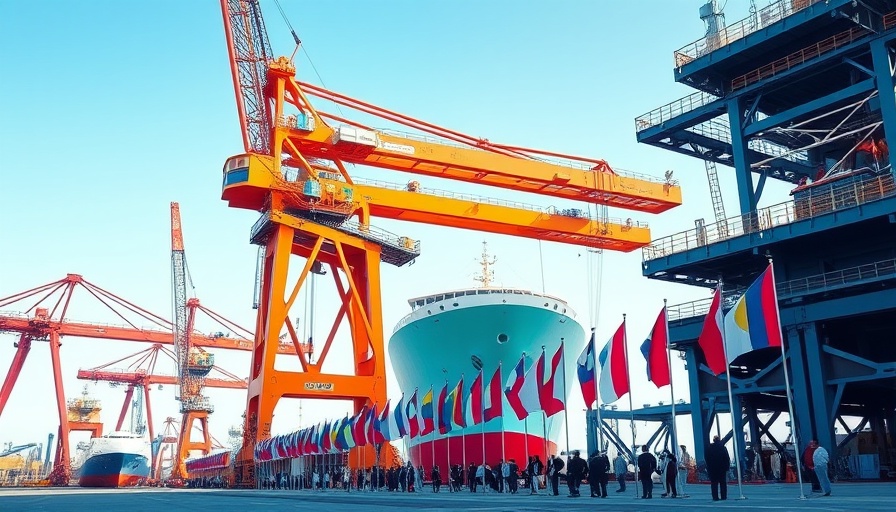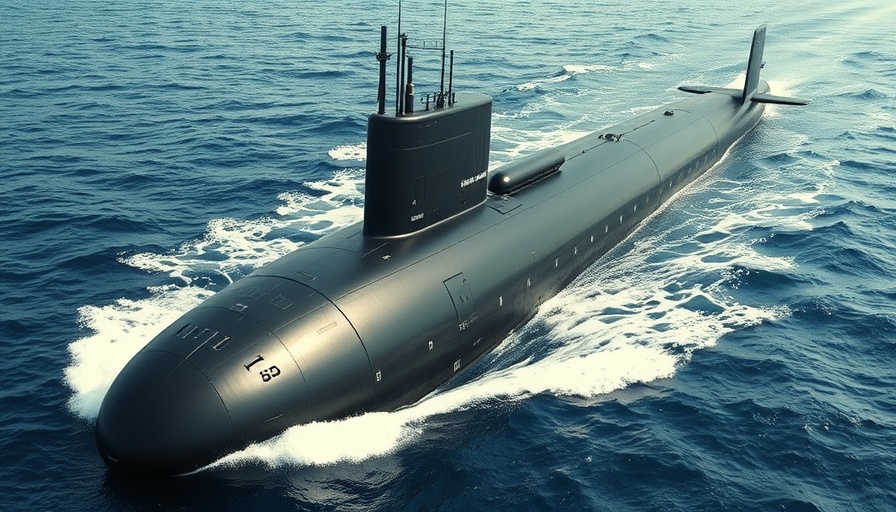
FMD’s Bold Acquisition: What It Means for U.S. Naval Power
In a significant move aimed at bolstering national security and stimulating local economies, Fairbanks Morse Defense (FMD) has solidified its acquisition of the Rolls-Royce Naval Propulsors business. This strategic acquisition, celebrated at the company’s Pascagoula, Mississippi foundry, is poised to enhance the U.S. Navy’s maritime capabilities while securing jobs in the region.
Pascagoula's foundry is unique, being the only privately owned facility in the U.S. capable of manufacturing Navy-standard propulsor systems. Governor Tate Reeves of Mississippi joined FMD CEO Steve Pykett and local leaders in acknowledging the profound implications of this transaction for both state and national defense interests. "This acquisition represents a strategic investment in sustaining the United States’ defense manufacturing capabilities and ensuring we remain prepared to meet mission-critical demands,” remarked Pykett, highlighting the facility's central role in supporting naval operations.
The Economic Impact of FMD’s Acquisition
This acquisition not only strengthens the U.S. military’s operational readiness but is also a boon for the Mississippi economy. The Pascagoula site is integral to FMD’s plans for expansion and innovation in maritime defense technologies. The facility's integration into FMD’s broader portfolio will undoubtedly generate substantial economic activity and job preservation. Local Deputy Director Mary Martha Henson noted that Jackson County is well-equipped with the workforce and infrastructure necessary to support defense initiatives, making it an ideal place for FMD’s growth.
With the facility now part of a defense contractor's framework, the emphasis on increased investment and innovation positions FMD to meet evolving military challenges and demands effectively.
Looking to the Future: Strategic Wins for National Defense
This acquisition comes at a critical time when the need for advanced naval capabilities is becoming increasingly important. It enhances the U.S. military’s partner status across various global naval fleets, which includes supplying system technologies to allied navies. The Walpole, Massachusetts manufacturing campus, also acquired as part of this deal, will focus on producing essential propulsor systems, further establishing FMD as a key player in defense manufacturing.
Moreover, this expansion is not limited to U.S. borders. The acquisition of Rolls-Royce’s facility in Peterborough, Ontario, will enhance international collaboration and support the development of undersea technologies crucial for future combat operations. In this way, FMD is strategically positioning itself to address the military’s needs for tomorrow.
Defending National Interests while Building Local Economies
As FMD integrates its newly acquired assets, local economies and national security interests are set to benefit. The focus on preserving skilled jobs and advancing technological capacities aligns with larger strategic goals of enhancing defense manufacturing capabilities.
Governor Reeves underscored this view when he stated, “This move reinforces our state’s commitment to supporting the defense industrial base.” His remarks reflect a larger sentiment echoing through Mississippi – a state that understands the importance of skilled labor and robust infrastructures in achieving manufacturing success. This acquisition exemplifies the effective collaboration between the private sector and government in pursuit of a stronger defense infrastructure.
Conclusion: Building a Trusted Defense Partnership
With Fairbanks Morse Defense’s acquisition of Rolls-Royce Naval Propulsors, both the industry and the state of Mississippi are gearing up for a brighter future focused on maritime dominance and resilience. The combined efforts of local leadership and skilled workforces will foster a thriving industrial economy that prioritizes national security while providing well-paying job opportunities.
As economic landscapes shift and new challenges arise, FMD's investment highlights the crucial role of strategic acquisitions in modern defense. The future looks promising for both Mississippi and its valuable contributions to U.S. maritime defense. Stay tuned for further developments as Fairbanks Morse Defense navigates this promising path forward.
 Add Row
Add Row  Add
Add 




Write A Comment